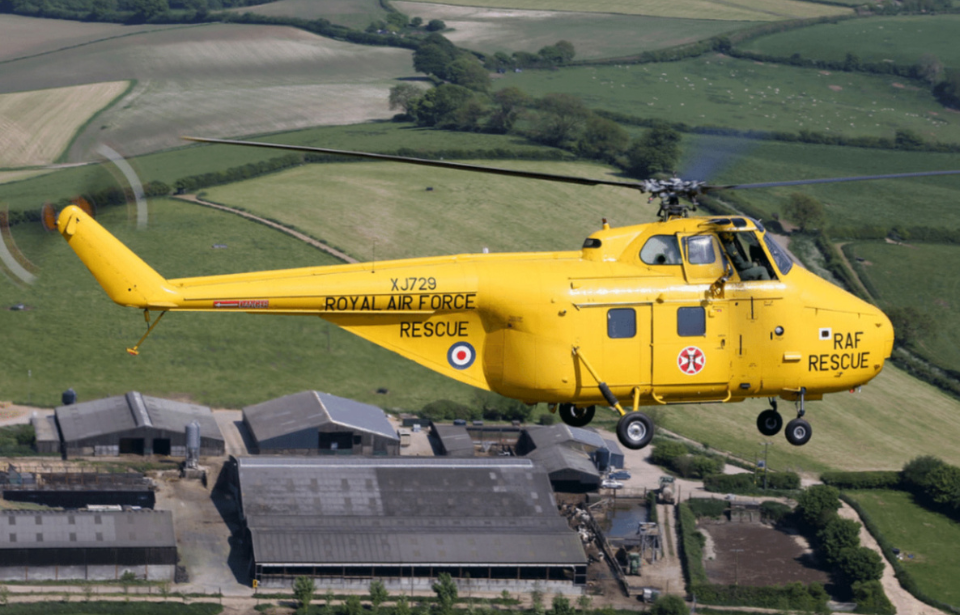A British businessman and pilot believes his company is the only one in the world bringing military helicopters back to life – and when Andrew Whitehouse says “life,” he means back where they belong… Flying!
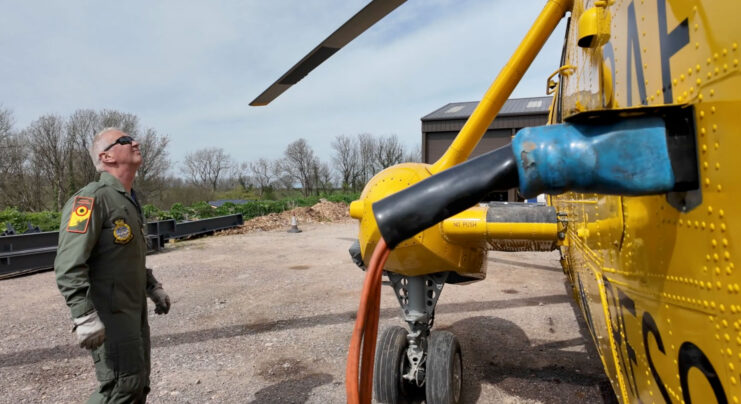
Operating from a series of small hangars on a rural farm in Somerset, United Kingdom, Whitehouse’s Historic Helicopters has so far brought back to life eight military helicopters. The oldest in the company’s collection is a Westland Whirlwind HAR10 that was flown from the Westland factory in January 1955 – only 10 miles away from his current base.
This former Royal Air Force (RAF) search and rescue helicopter is thought to be the oldest in the world still flying, and she’s almost the oldest helicopter in the collection. She is very much Whitehouse’s favorite, too.
During her service life, she spent time at RAF Leconfield, RAF Leuchars, RAF Coltishall and RAF Chivenor, before ending her career with the Search and Rescue Training Unit out of RAF Valley, on Anglesey, Wales. The Whirlwind then, after a period of outdoor storage, went to a civilian enthusiast in Ireland, who operated her following much restoration.
She flew at airshows until the certificate of airworthiness expired, which is when Andrew brought her back to England. Following extensive work – and yet more investment – she was re-granted a certificate of airworthiness back in November 2013.
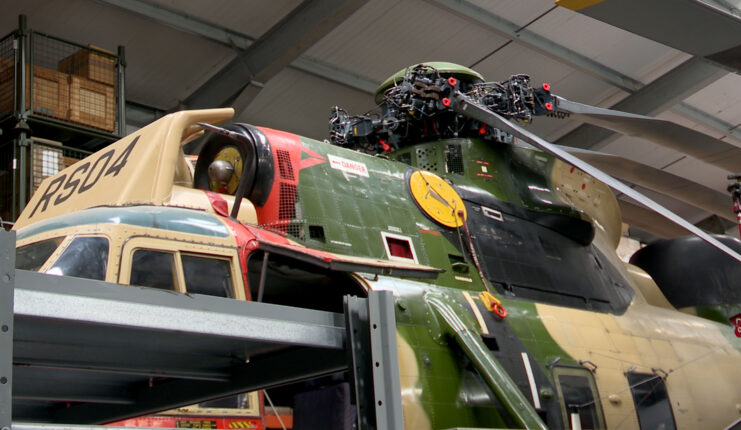
This pioneering collection of military helicopters is still very much expanding, with a Westland Widgeon recently joining. This latest acquisition is even older than the Whirlwind.
She was built in a private venture by Westland using a Royal Navy Westland WS-51 Dragonfly, built under license from Sikorsky. Westland modified the helicopter by increasing the cabin capacity and using a different rotorhead seen on the early Whirlwinds.
The project never got much further, therefore making the Widgeon pretty rare.
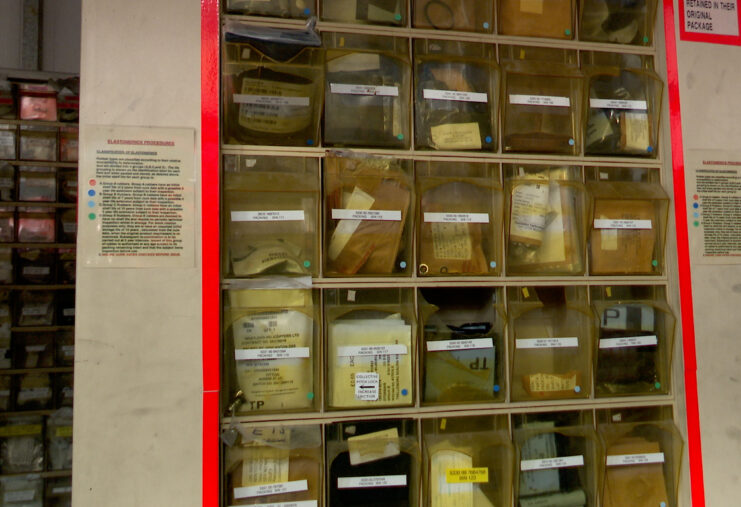
Whitehouse admits this interest isn’t for the faint hearted, as the costs of running such an organization are huge. His Westland Wessex Mk5, which took 14,500 man house to get airborne, was the subject of the television documentary Warbird Workshop.
Currently, he has seven Sikorsky CH-124 Sea Kings of different marks, five of which are cleared to fly, along with a Westland Lynx in a British Army configuration.
Again, cost is the factor for Whitehouse and his engineering team, whose skills are financially very expensive. However, their knowledge is so vital to keeping these “war birds” in the sky, which is his driving desire.
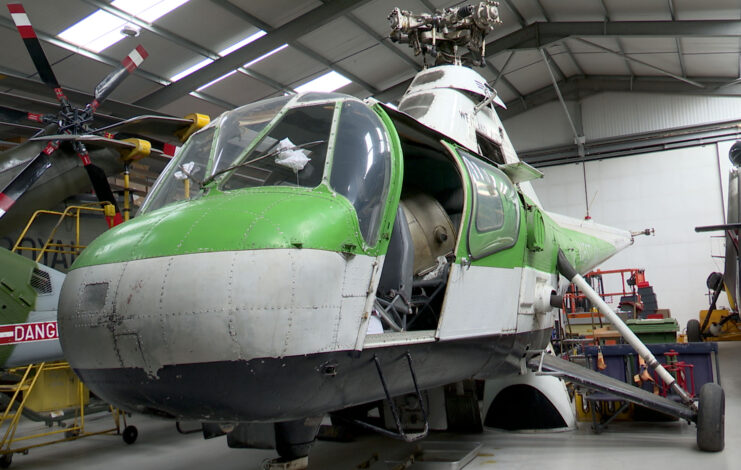
Most of the team has military experience, and the banter between the former service members is always amusing, as each person tries to outdo their colleagues with the odd joke and friendly comment. Even things like the service flags that fly in the hangar are part of the behind-the-scenes games. As each flag goes up, they get bigger, with the Army winning the claim to fame, currently.
Still, the team camaraderie is very much there in making sure the job is done safely, correctly and on time.
Generally a business that tends to look back, Historic Helicopters is also training young engineers of the future, with apprentices learning hands-on skills from senior members of staff. These over-14s are taught what’s required to be an aircraft engineer in the 21st century.
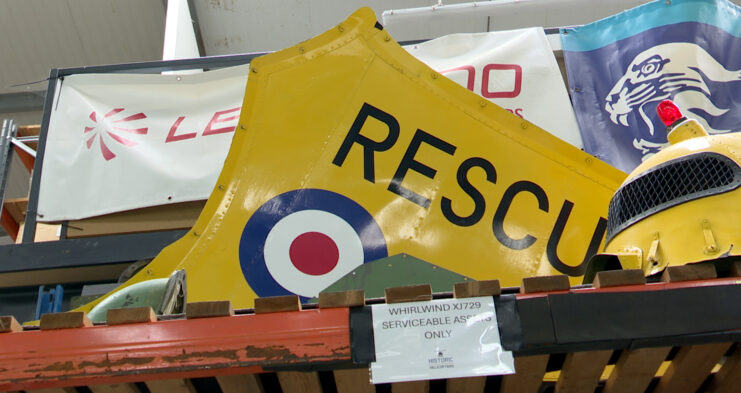
Speaking with Whitehouse about the unique business he’s built, he says he’s still unsure where Historic Helicopters is placed in the world of preserving, restoring to airworthy status a fleet of vintage military helicopters.
“I don’t think there is anyone else who is as eccentric as me,” he says. “This is not a cheap enterprise. To get this Wessex back in the air, it cost £346,000.
“We have a chief engineer, a deputy engineer and two other engineers here pretty well full time,” he continues. “You need to have good, qualified staff in order to satisfy the Civil Aviation Authority (CAA), for example, as every job needs to be signed off and double checked. There are hundreds of spare parts around the hanger. Some are over 50 years old, but the key thing is that there is traceability with them, which is, again, vital for our maintenance records. You cannot just go on Ebay, for example.”
Whitehouse wonders why he hasn’t been able to find a similar company that brings military rotary aviation back to the skies like his. Certainly, he feels that, around the world, there must be similar ones? If there are other such businesses, he would love them to get in touch.
More from us: The Kamov Ka-50 ‘Black Shark’ Was Battle-Tested in the Harsh Conditions of the Second Chechen War
He deeply feels these helicopters, in many cases, have saved both military and civilian lives, meaning they themselves deserve saving, too. Static displays are well and good, but they certainly come alive in the skies!
